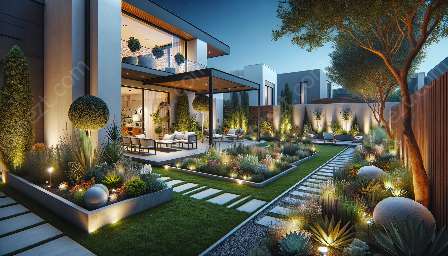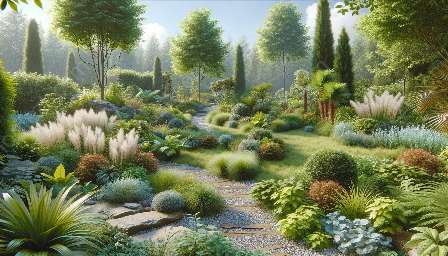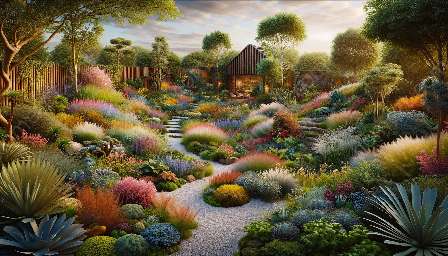Container gardening is a versatile and creative way to add greenery and color to your garden, yard, and patio. Whether you have limited outdoor space or simply want to elevate your garden design, container gardening offers an array of possibilities.
Why Container Gardening?
Container gardening is an excellent choice for individuals who have small outdoor spaces such as balconies, patios, or yards. It also provides the flexibility to move plants around to create different focal points or to accommodate changing weather conditions. Additionally, it allows for better control over soil choices and drainage, resulting in healthier plants.
Choosing Containers
When starting your container garden, it's crucial to select the right containers. Consider the size, weight, material, and drainage of the containers. Opt for lightweight materials such as plastic or fiberglass for easier transportation. Ensure that the containers have adequate drainage holes to prevent waterlogging.
Best Plants for Container Gardening
Several plants thrive in containers, bringing beauty and fragrance to any garden design. Consider vibrant annuals such as petunias, marigolds, and impatiens for seasonal bursts of color. Perennial options like lavender, rosemary, and hydrangeas add long-lasting appeal. For a touch of luxury, dwarf citrus trees, miniature roses, and orchids can brighten up any space. Additionally, incorporating herbs and vegetables into your container garden can provide both aesthetic and culinary benefits.
Design Tips for Container Gardening
Effective container garden design involves balancing form, color, texture, and scale to create a harmonious display. Choose a variety of plant sizes and shapes to add visual interest. Consider using different containers to create depth and layering. Grouping containers with complementary plants creates a cohesive look. Additionally, incorporating vertical elements such as trellises, arches, or wall-mounted containers can make the most of limited space.
Maintenance and Care
Proper maintenance is essential for the success of your container garden. Adequate watering, pruning, and fertilizing will ensure healthy and thriving plants. Regularly monitor the soil moisture and address any pests or diseases promptly. Furthermore, consider the specific sunlight and temperature requirements of the plants to provide an optimal environment for their growth.
Integration with Garden Design and Yard & Patio
Container gardening seamlessly integrates into garden design, yard, and patio spaces, enhancing their aesthetic appeal and functionality. When strategically placed, containers can define borders, soften hardscapes, and bring natural elements to urban environments. They also offer opportunities to create focal points, frame views, and reflect the overall design theme. Furthermore, container gardens can be easily incorporated into the yard and patio areas, adding lush greenery and vibrant blooms to outdoor living spaces.
Conclusion
With its versatility, flexibility, and endless creative possibilities, container gardening has become a popular choice for individuals seeking to enhance their garden design, yard, and patio spaces. By carefully selecting containers, choosing the right plants, and implementing design and maintenance tips, anyone can create a captivating and thriving container garden to elevate their outdoor environment.




